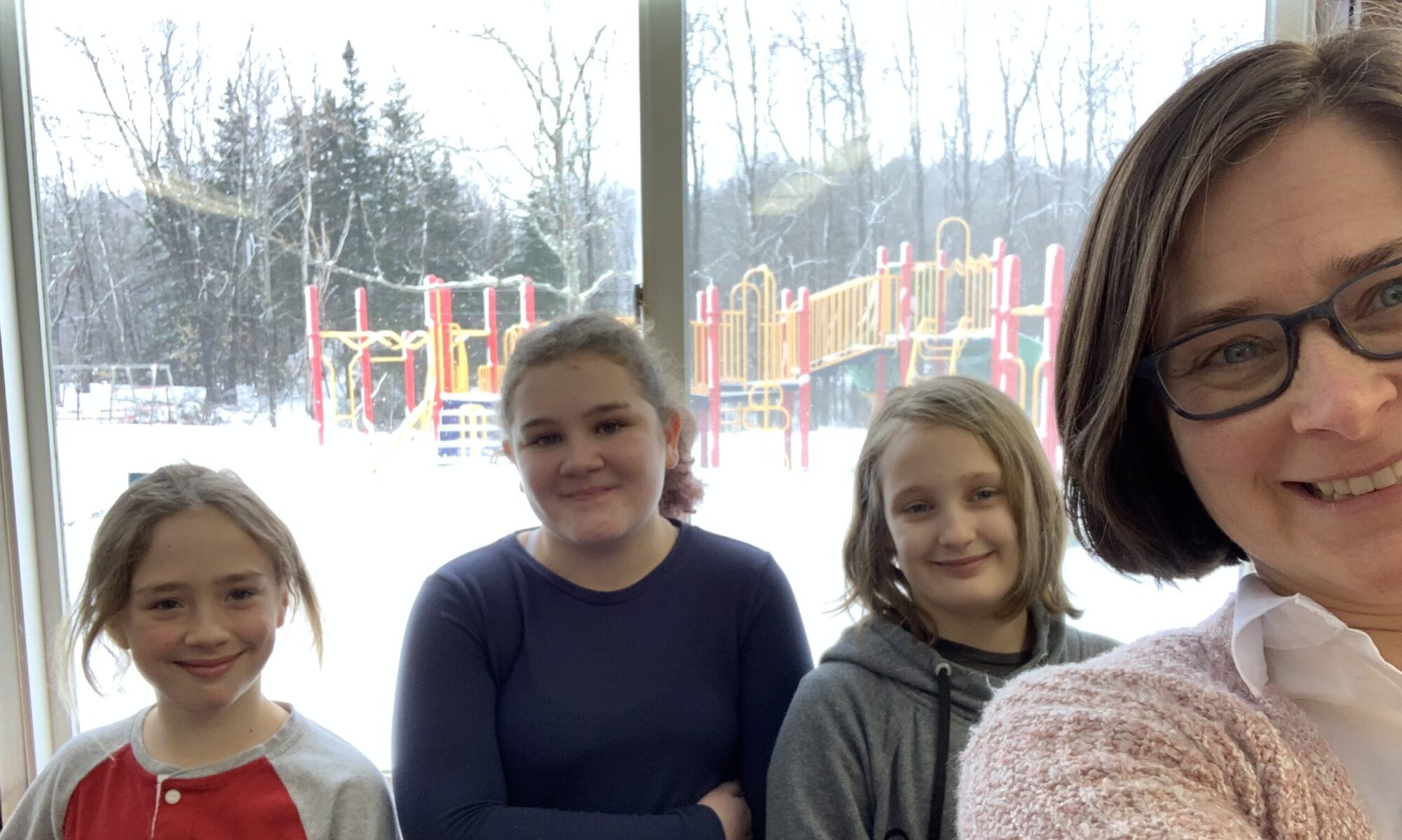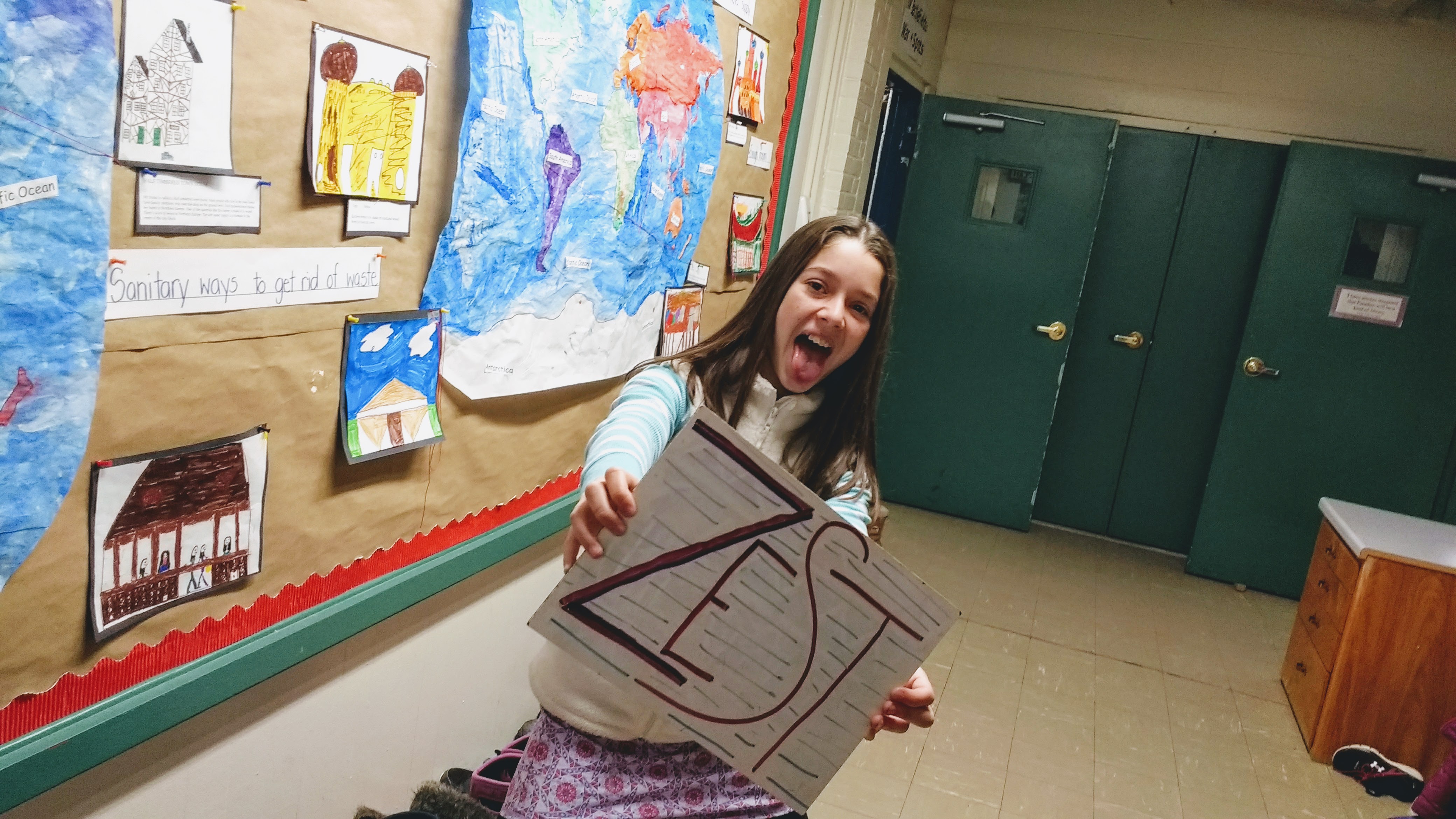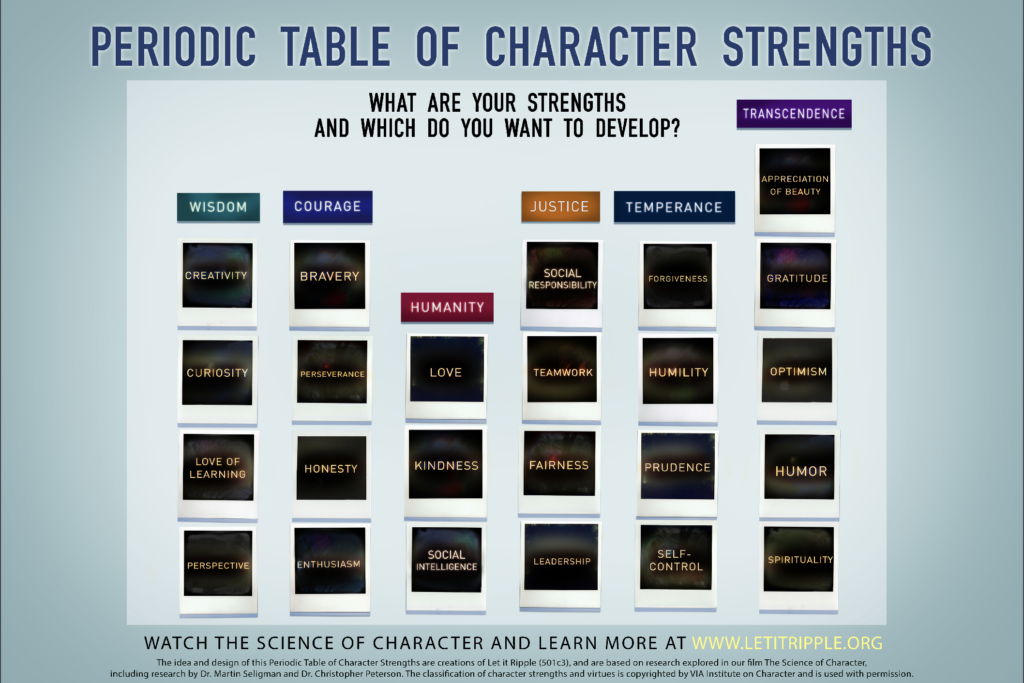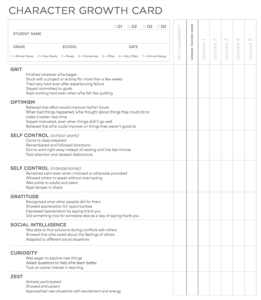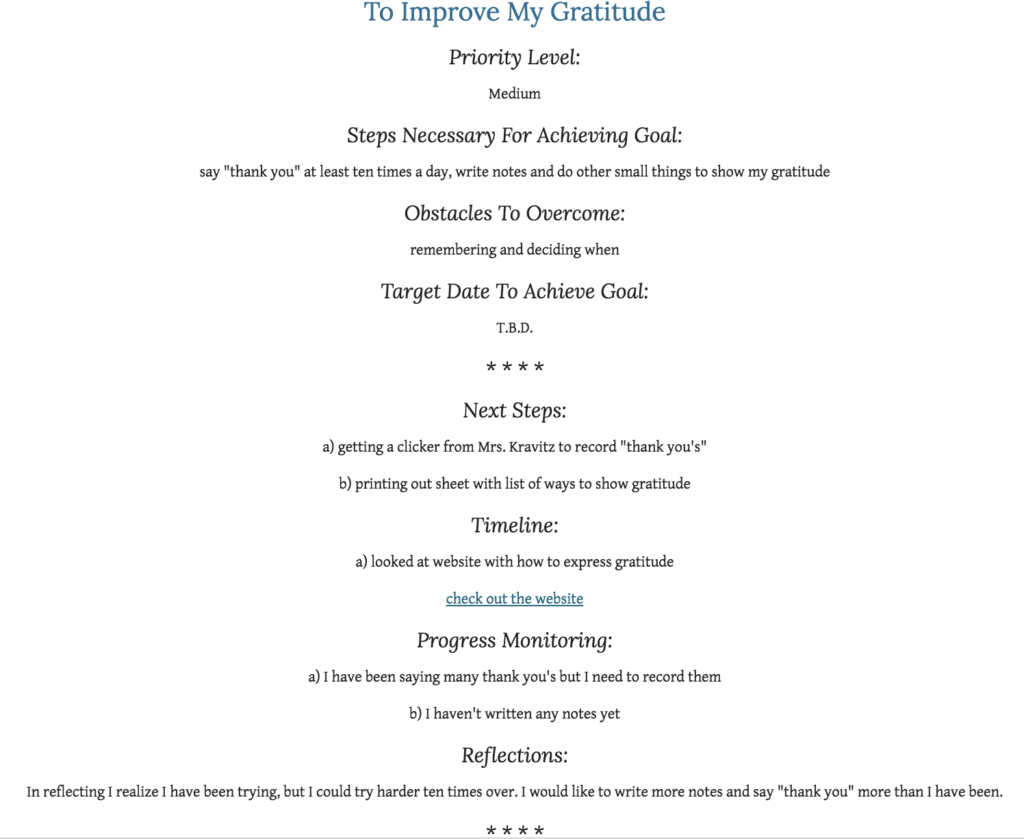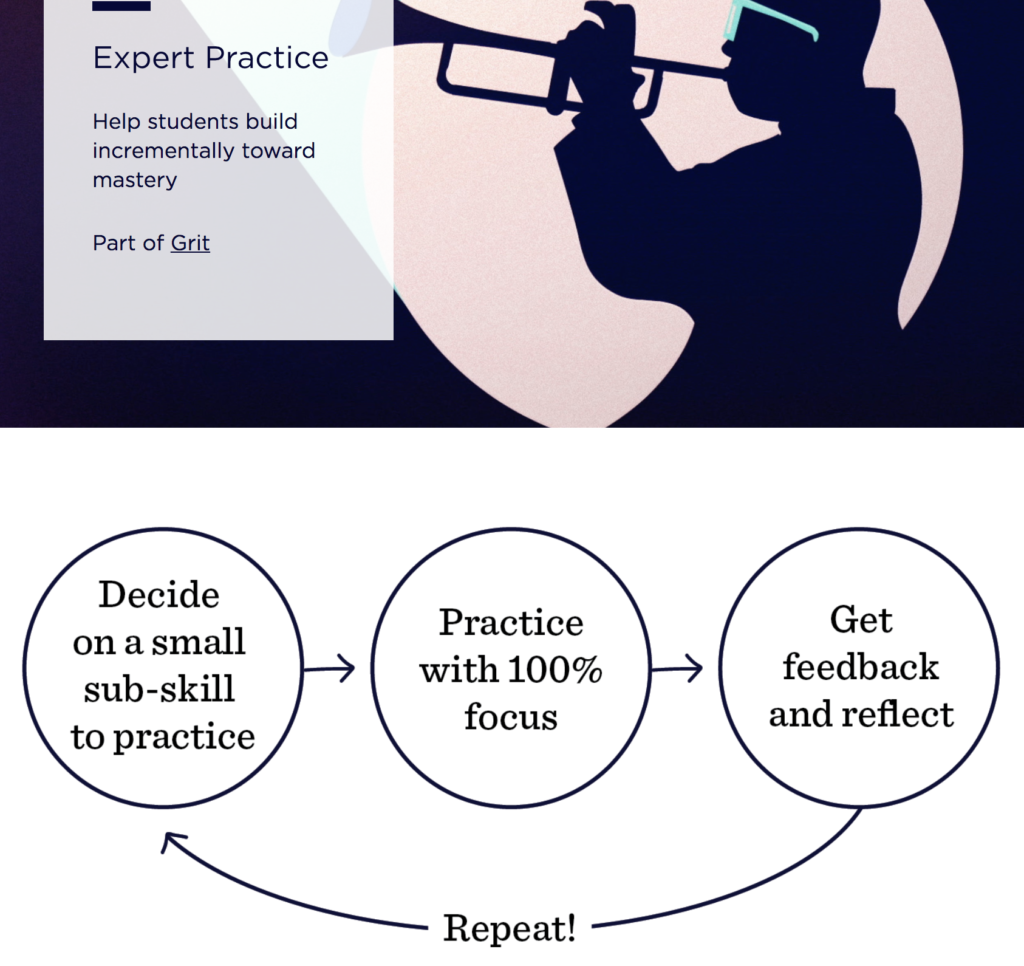Who am I and who do I want to be in the world?
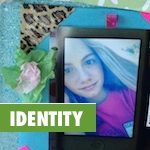 What do I stand for? What is the good life and how can I live it?
What do I stand for? What is the good life and how can I live it?
These are questions that most middle schoolers (and adults)-hopefully- grapple with at some point. And this philosophizing usually begins in middle school. Which means that middle school is prime time for guiding students through an exploration of their identity, values and character strengths. And spoiler alert: they think it’s pretty cool, too!
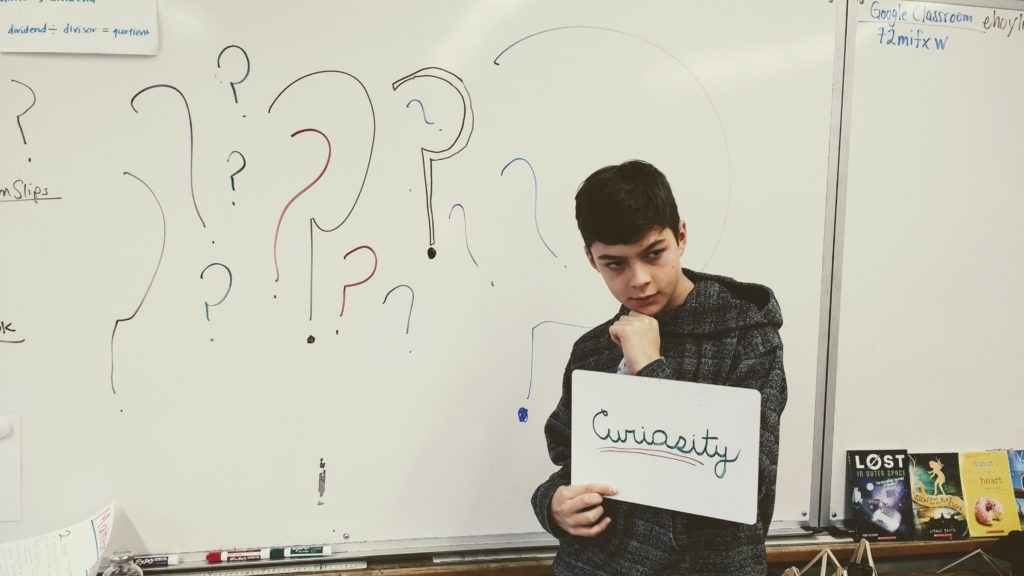
My school year typically started off with a lot of community building and exploration of self. We used things like learning style quizzes and interest inventories to gather data about ourselves. We shared our data with each other and used it to understand who we were as a community and how we could support ourselves and each other in learning.
This exploration laid the foundation for our personalized learning environment: we all knew that Simon was more focused when he stood and that Ana needed to hear and read something to really get it.
As I’ve gathered resources and tools for this work, I’ve come across a few that are too good not to share!
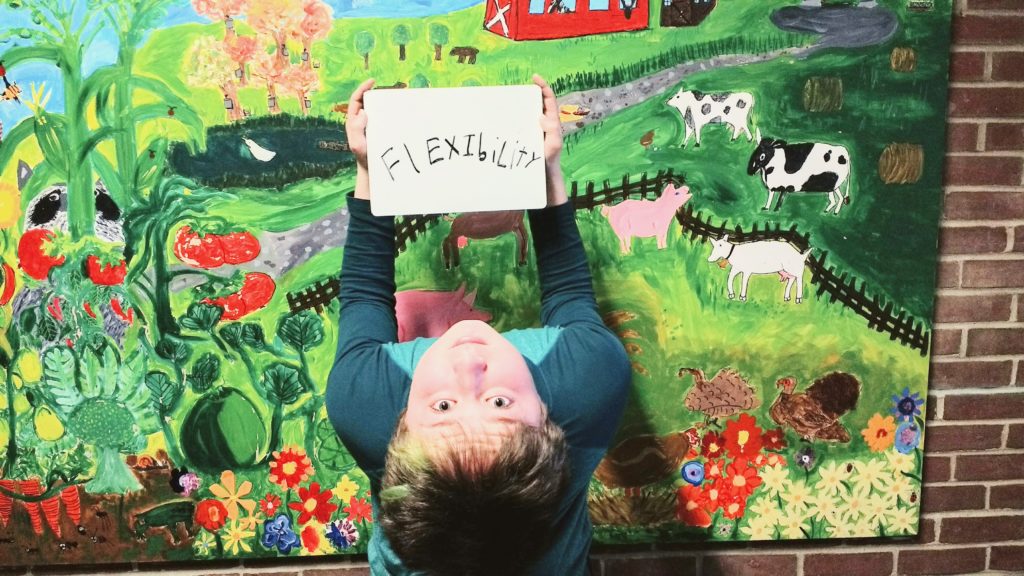
1. Let It Ripple Film Studio’s Science of Character film
This little film is a GIFT! In 8 minutes it inspires, explains, and instigates discussion and curiosity about character.
Don’t believe me? Check it out for yourself.
I used this film to launch our work on character traits. Cloud Films also provides some great supporting resources for digging deeper including discussion guides. I’m especially fond of the Periodic Table of Character Strengths. We used this table to explore some new vocabulary and make connections to our literature studies.
Think all of this sounds good? Let It Ripple also provides resources for National Character Day, which happens annually in September. The timing is really perfect!
2. Character Growth Card
This lovely little PDF was a game changer in my classroom.
This little form narrows down and explains 8 main character traits (grit, optimism, self-control, gratitude, social intelligence, curiosity, and zest). Once my students had a clear idea of what each trait was, they assessed themselves on each trait on a scale of 1-7. Then they gathered feedback from others- the form suggested that students ask 5 teachers to assess them for each trait, but for a couple of reasons we found it better to seek input from both other teachers and peers.
Once they had their feedback from 5 other people, they averaged those 5 scores and then compared the average to their self-assessment.
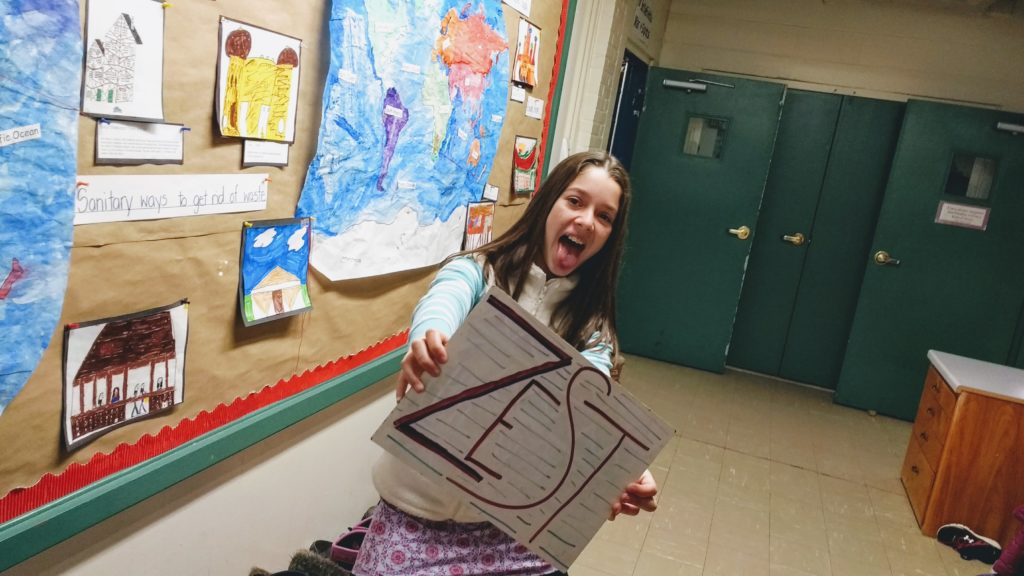
Then, using that data, they identified one character trait to grow and develop. And it wasn’t necessarily their lowest score- it really came down to which trait they wanted to work on.
This provided a great opportunity to connect to their PLP– my students did a little research on their trait, developed a SMART goal, and documented both the goal and their progress in their PLP. One student, for example, wanted to work on gratitude. See her plan, below.
This little gem was created by Angela Duckworth’s Character Lab (see #3, below), but it doesn’t seem to be available there anymore. Never fear though, it’s still available in a few other places online, like here and here. If you like it, you should definitely save it somewhere in case it ever disappears completely!
3. Character Lab
Angela Duckworth’s Character Lab website provides a wealth of fabulous -FREE- resources. Based on the aforementioned 8 main character traits (grit, optimism, self-control, gratitude, social intelligence, curiosity, and zest) this site offers a variety of tools for both teachers and students. These tools are new, so I didn’t get a chance to use them with my students, but they look great. Dig deeper into each trait and learn about the ways they show up in our lives. And be sure to check out the Playbooks, which help you and your students explore and grow these traits.
Angela Duckworth is probably the biggest champion for grit; her TED talk on the subject has over 14 million views, and classroom across the country have adopted variations of her work along with Carol Dweck’s work on mindsets. There is great value in this work, but we also need to be mindful of the ways that equity, race, and socioeconomic status can impact this view. We want this work to empower — not disempower — our students.
